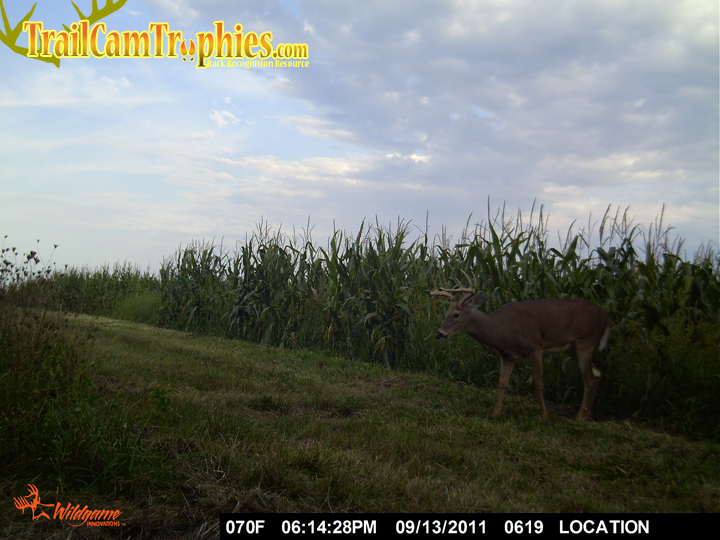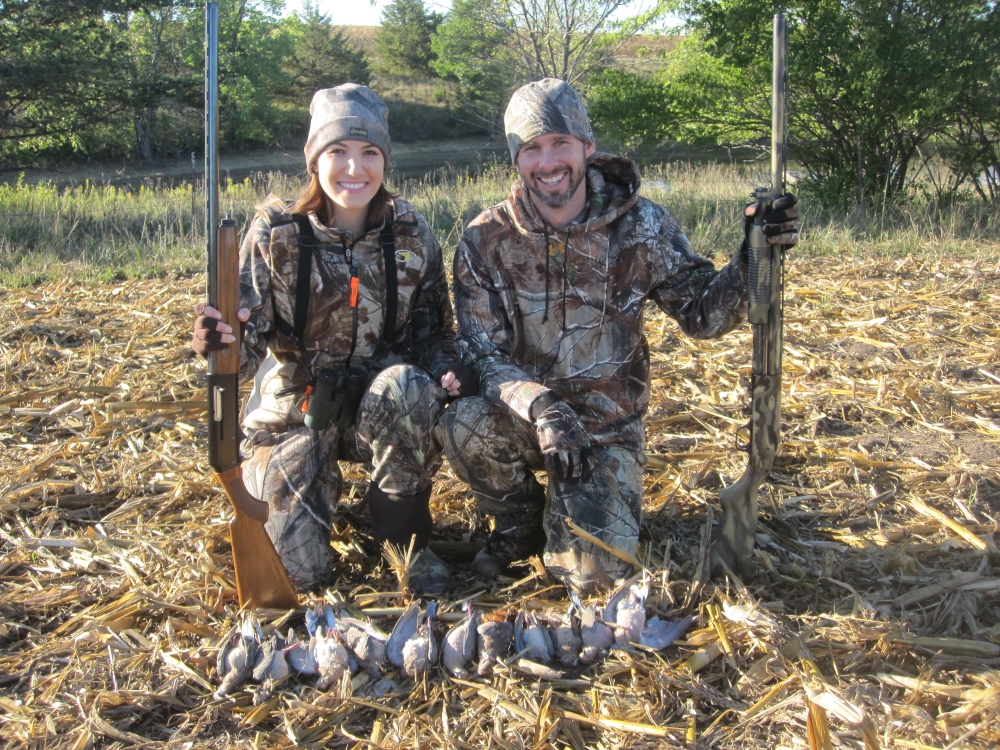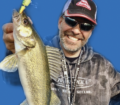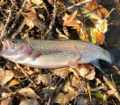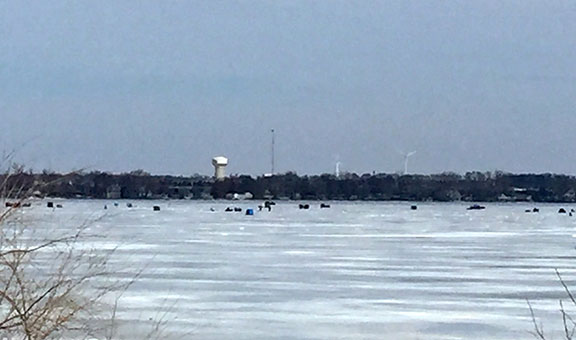With most of the Midwest seeing the biggest drought in our lifetime, water will be a key factor this fall. Most small streams and ponds have completely dried up and crusted over with dry, cracked dirt. With very few watering holes left in areas, the deer and wildlife are forced to move closer to water. Looking at the future forecast, enough rain to fill these dried-up water holes seems unlikely. Now is the time to search your area for the last remaining water sources and make your plans for an early fall harvest.
Scouting
 We know deer have to drink at some point during the day, especially on those hot fall days; so if there are only a few water sources left, use this knowledge to capitalize on filling both your buck and doe tags this season. Start by scouting your ponds and streams to find the water. Don’t overlook even small “frog ponds” on your property. I scouted an area with two frog ponds right next to each other, and I thought for sure they would be dry. Much to my surprise, the larger of the ponds was completely dry and the smaller one still had good water in it that would definitely last into hunting season. I am guessing it is fed by a spring.
We know deer have to drink at some point during the day, especially on those hot fall days; so if there are only a few water sources left, use this knowledge to capitalize on filling both your buck and doe tags this season. Start by scouting your ponds and streams to find the water. Don’t overlook even small “frog ponds” on your property. I scouted an area with two frog ponds right next to each other, and I thought for sure they would be dry. Much to my surprise, the larger of the ponds was completely dry and the smaller one still had good water in it that would definitely last into hunting season. I am guessing it is fed by a spring.
Look Closer
When you do find water, it won’t be hard to tell if deer have been using it as a main source. Tracks around a heavily used water hole are abundant and identifying the bigger buck tracks becomes easier. However, also pay attention to what side of the source they seem to frequent the most. This can help you when determining what direction the deer are approaching and leaving the water for setting up a stand or blind nearby.
Trail Cameras
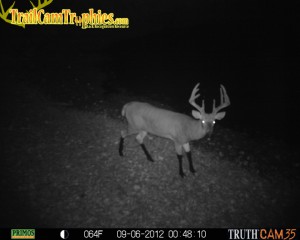 If you are unsure whether a shooter buck is using your water source, set up a trail camera. I like to set my cameras up so they cover the edge of the water with the most sign. Make sure you place your cameras high off the ground, pointing down toward the water’s edge. When placing a camera higher off the ground, the camera is no longer in a deer’s field of vision so you will be less likely to spook them, especially mature bucks.
If you are unsure whether a shooter buck is using your water source, set up a trail camera. I like to set my cameras up so they cover the edge of the water with the most sign. Make sure you place your cameras high off the ground, pointing down toward the water’s edge. When placing a camera higher off the ground, the camera is no longer in a deer’s field of vision so you will be less likely to spook them, especially mature bucks.
Since it is September already, I would check your trail camera once a week until you find the buck you’re after. If you don’t, you can either move the camera to a different water source or try facing the camera toward the opposite bank of the same source. Remember, when placing cameras, make sure you are as scentless as you would be when hunting.
And More Scouting!
With the way the weather has been and will possibly be, water holes will continue to get smaller and smaller. As one water hole dries up, the deer will have to move on to another. So if you are not seeing any target bucks at your water source, check the bigger ponds and rivers in your area. Deer seem to use the smaller, more-secluded water sources first, but will be forced to take bigger risks at exposing themselves when those dry up.
If your area has a larger-sized pond or river bottom, it can take more effort to properly scout it out. Find well used trails, heavy deer sign on the water’s edge, and trails between bedding and water. It will be harder to cover these sources with just one camera, so you may want to set up multiple camera locations to locate those bucks. These locations should give you a better idea of what deer is drinking and at what time.
 Hunt these water sources early in the season, especially on warmer days. Deer can stop for a drink about any time of the day, so use those trail camera photos to pattern out your buck. If at all possible, it’s also a great idea to glass these water sources from afar with binoculars or a spotting scope to help pinpoint deer.
Hunt these water sources early in the season, especially on warmer days. Deer can stop for a drink about any time of the day, so use those trail camera photos to pattern out your buck. If at all possible, it’s also a great idea to glass these water sources from afar with binoculars or a spotting scope to help pinpoint deer.
As the season progresses, water holes will still be a key factor in hunting success as bucks will have to frequent these sources during the rut to re-hydrate and cool down. Use the drought to your advantage this season, and take your best buck yet.
Good Luck,
TrailCamTrophies.com

